Cleerline Technology Group 24ACSOS2-24LCUPC-153m Custom
Patch Cable 24ACSOS2 – 153m/502ft The cable is constructed with high-quality materials and designed for reliable data transmission. It may feature an optical fiber construction, ensuring efficient signal transmission over long distances.
The cable is custom-made with specific features and specifications tailored for optimal performance. It may incorporate advanced technologies and engineering techniques to deliver superior signal integrity and minimize signal loss.
The cable is equipped with connectors on both ends. It may feature LC (Lucent Connector) UPC (Ultra Physical Contact) connectors, which are widely used in fiber optic networking applications for their precise alignment and low insertion loss. The cable may use single-mode or multi-mode optical fibers, depending on the specific requirements of your networking setup. Single-mode fibers are designed for long-distance transmission, while multi-mode fibers are suitable for shorter distances.
Cable Length: The cable provides a generous length of 153 meters (approximately 502 feet), allowing for flexible networking configurations and installations.
Cable Color: The cable may have a specific color, such as yellow, orange, or aqua, which helps with easy identification and organization of different cables in your networking infrastructure.
Cable Jacket: The cable may feature a durable and protective jacket made of materials like PVC (Polyvinyl Chloride) or LSZH (Low Smoke Zero Halogen), ensuring resistance to external factors such as moisture, temperature changes, and physical damage.
Compatibility: The cable is designed to be compatible with various fiber optic networking devices, equipment, and standards, ensuring seamless integration into your existing infrastructure.
High-Speed Data Transmission: The cable may support high-speed data transmission rates, such as Gigabit Ethernet or higher, enabling efficient and reliable data transfer for demanding networking applications.
Applications: The cable is suitable for a wide range of applications, including data centers, telecommunications, enterprise networks, security systems, and more, where high-performance and reliable fiber optic connectivity is required.
Specifications
- Fiber Core Diameter: The cable may have a specified fiber core diameter, such as 9/125?m for single-mode fibers or 50/125?m or 62.5/125?m for multi-mode fibers. The core diameter affects the transmission characteristics and compatibility with different networking devices.
- Attenuation: The cable may have a specified attenuation rating, indicating the loss of signal strength over the length of the cable. Lower attenuation values signify better signal quality and longer transmission distances.
- Bandwidth: The cable may have a specified bandwidth, representing the range of frequencies that can be transmitted through the fiber. Higher bandwidth allows for greater data throughput and supports high-speed networking applications.
- Insertion Loss: The cable may have a specified insertion loss, which refers to the loss of optical power when the cable is connected to a device or connector. Lower insertion loss ensures minimal signal degradation during transmission.
- Return Loss: The cable may have a specified return loss, which measures the amount of light reflected back towards the source. A higher return loss indicates better signal quality and less signal loss due to reflections.
- Operating Temperature Range: The cable may have a specified operating temperature range, ensuring reliable performance in various environmental conditions. It may be designed to withstand temperatures ranging from -40?C to +75?C, for example.
- Tensile Strength: The cable may have a specified tensile strength, indicating its resistance to stretching or pulling forces. A higher tensile strength ensures durability and reliable performance during installation and use.
- Crush Resistance: The cable may have a specified crush resistance rating, indicating its ability to withstand pressure or impact without damaging the optical fibers. This feature is particularly important in rugged or harsh environments.
- Fire Rating: The cable may have a specific fire rating, such as OFNR (Optical Fiber Nonconductive Riser) or LSZH (Low Smoke Zero Halogen), indicating its resistance to flame propagation and smoke generation in case of fire.
- Compliance: The cable may comply with industry standards and certifications, such as ANSI/TIA/EIA or ISO/IEC, ensuring quality and interoperability with other networking components.
- RoHS Compliance: The cable may be RoHS (Restriction of Hazardous Substances) compliant, indicating that it does not contain hazardous materials like lead, mercury, or cadmium, aligning with environmental regulations.
- Customization Options: The cable may offer customization options, such as different cable lengths, connector types, or fiber specifications, allowing you to tailor the cable to your specific networking requirements.
Features
- Easy Installation: The cable may feature a flexible and lightweight design, making it easy to handle and install in various networking setups. It may also have connectors with user-friendly features like push-pull tabs for effortless connection and disconnection.
- Enhanced Durability: The cable may be constructed with materials that provide enhanced durability and protection against bending, twisting, and external damage. It may feature reinforced connectors and strain relief to prevent cable breakage or connector failure.
- Low Latency: The cable may offer low latency, ensuring minimal delay in data transmission. This feature is particularly important in time-sensitive applications such as real-time video streaming or online gaming.
- EMI/RFI Shielding: The cable may incorporate electromagnetic interference (EMI) and radio frequency interference (RFI) shielding, reducing the impact of external electromagnetic signals and ensuring reliable signal transmission without interference.
- Bend Insensitive Fibers: The cable may use bend insensitive fibers, allowing for greater flexibility and resistance to signal loss or degradation when subjected to tight bends or cable routing in confined spaces.
- Dust and Contaminant Resistance: The cable may feature connectors with dust caps or protective covers, preventing the accumulation of dust or contaminants that could affect signal quality. This ensures reliable performance even in dusty or challenging environments.
- Plug-and-Play Compatibility: The cable may offer plug-and-play functionality, allowing for easy and hassle-free installation without the need for additional tools or configurations. It may be compatible with standard fiber optic interfaces, ensuring seamless integration into existing networks.
- Scalability: The cable may support scalability, enabling easy expansion or modification of your network infrastructure. It may be compatible with future upgrades or higher-speed networking technologies, ensuring long-term investment protection.
- Versatile Applications: The cable may be suitable for a wide range of applications, including data centers, telecommunications networks, enterprise networks, CCTV systems, industrial automation, and more, accommodating diverse networking requirements.
- High-Speed Data Transfer: The cable may support high-speed data transfer rates, such as 10 Gigabit Ethernet (10GbE) or higher, enabling fast and efficient transmission of large data files, multimedia content, and bandwidth-intensive applications.
- Long-Reach Capability: The cable may support long-distance transmission without compromising signal quality or performance. It may offer extended reach capabilities, making it suitable for networking setups that require connectivity over significant distances.
- Compatibility: The cable may be compatible with various fiberoptic networking standards, such as IEEE 802.3 Ethernet standards, ensuring interoperability with a wide range of networking devices and equipment.
- High-Quality Signal Transmission: The cable may deliver high-quality and reliable signal transmission with low signal loss, ensuring optimal data integrity and minimizing the need for retransmission or signal correction.
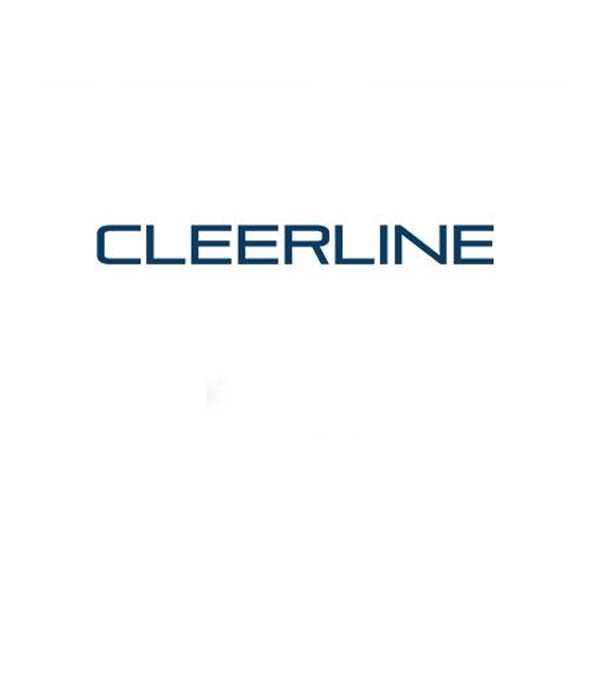
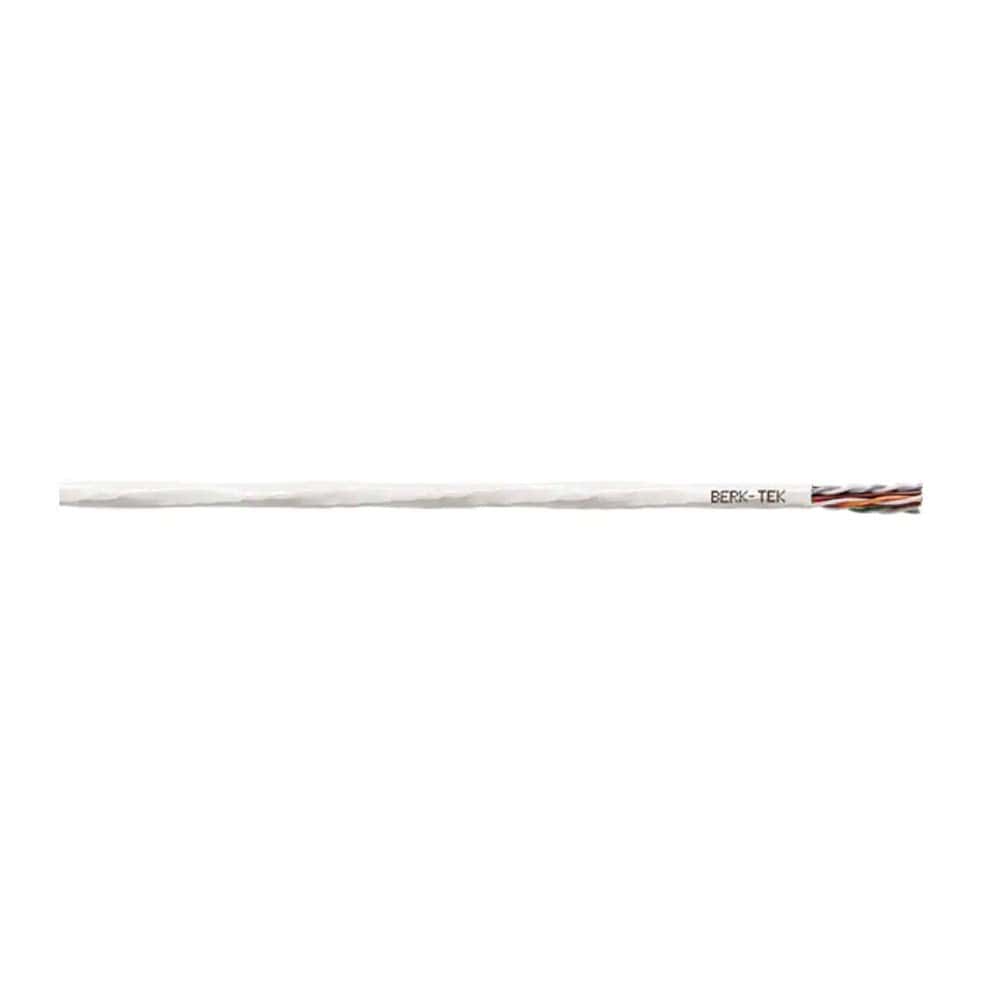
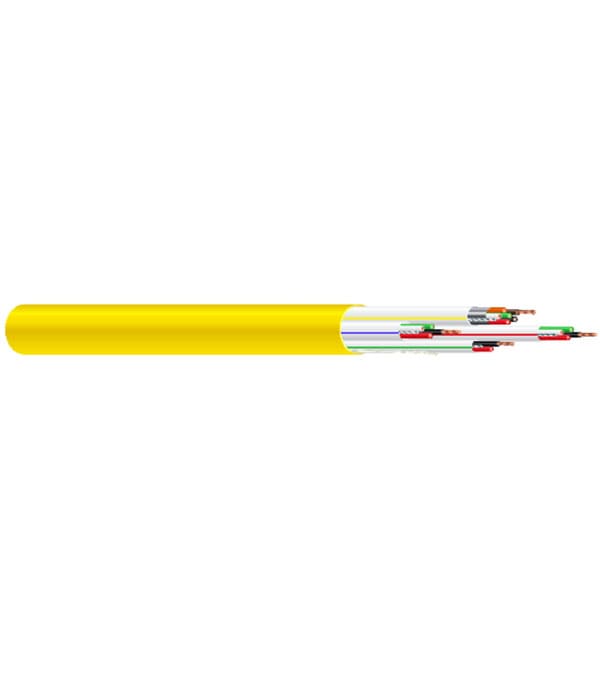
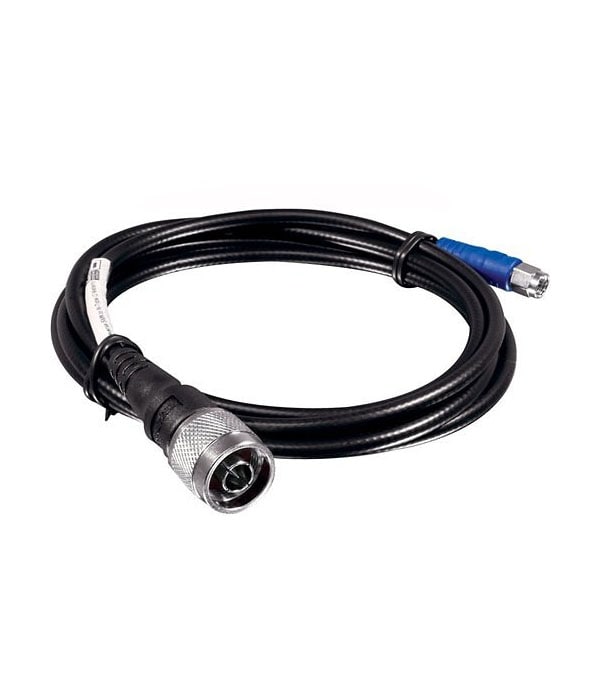
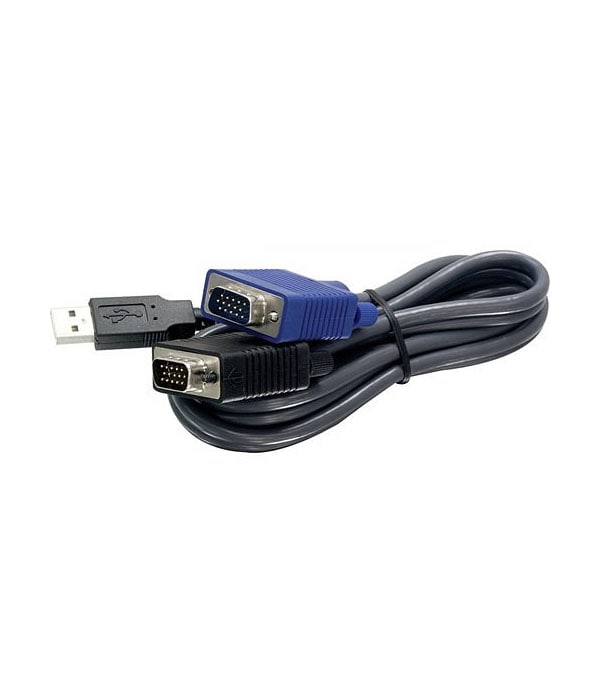
Reviews
There are no reviews yet.